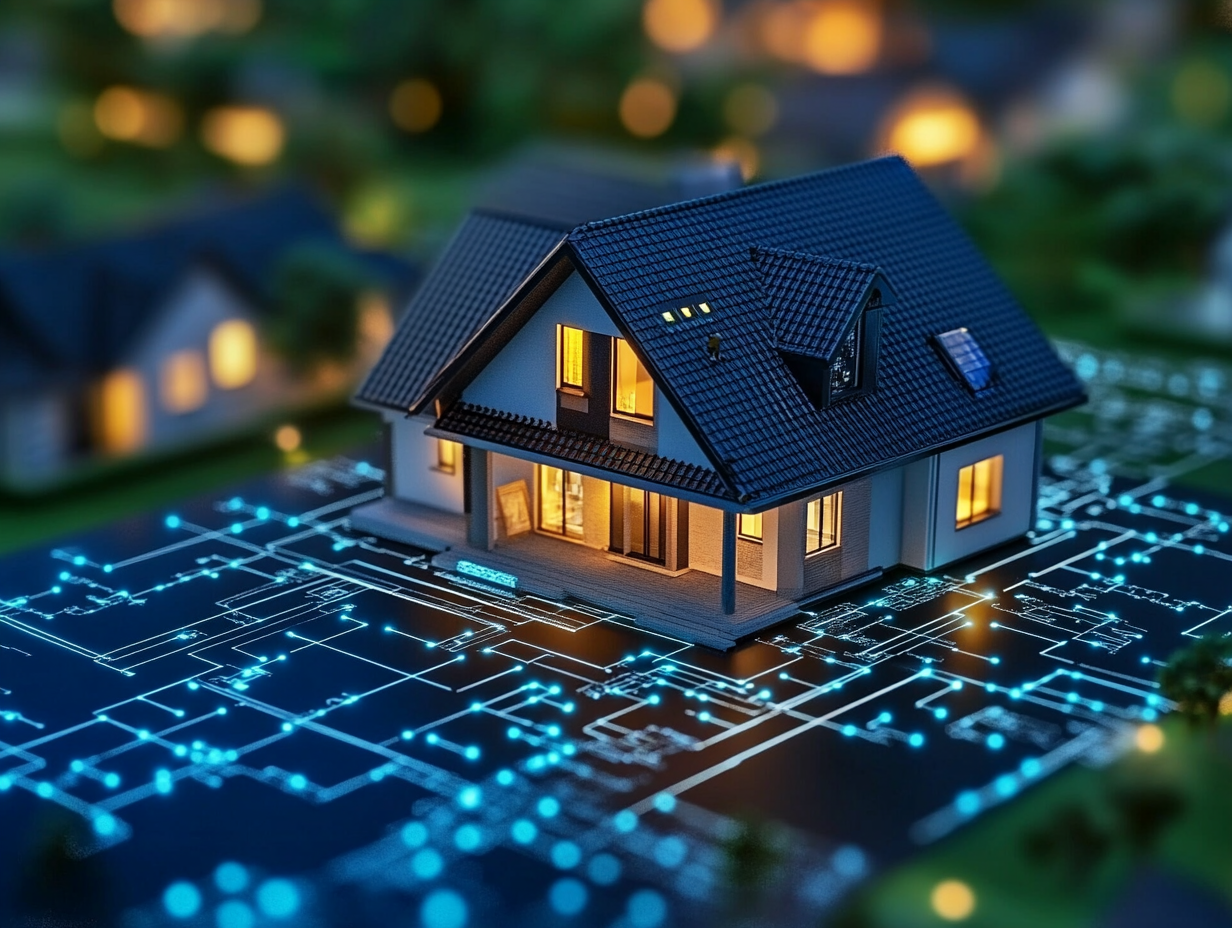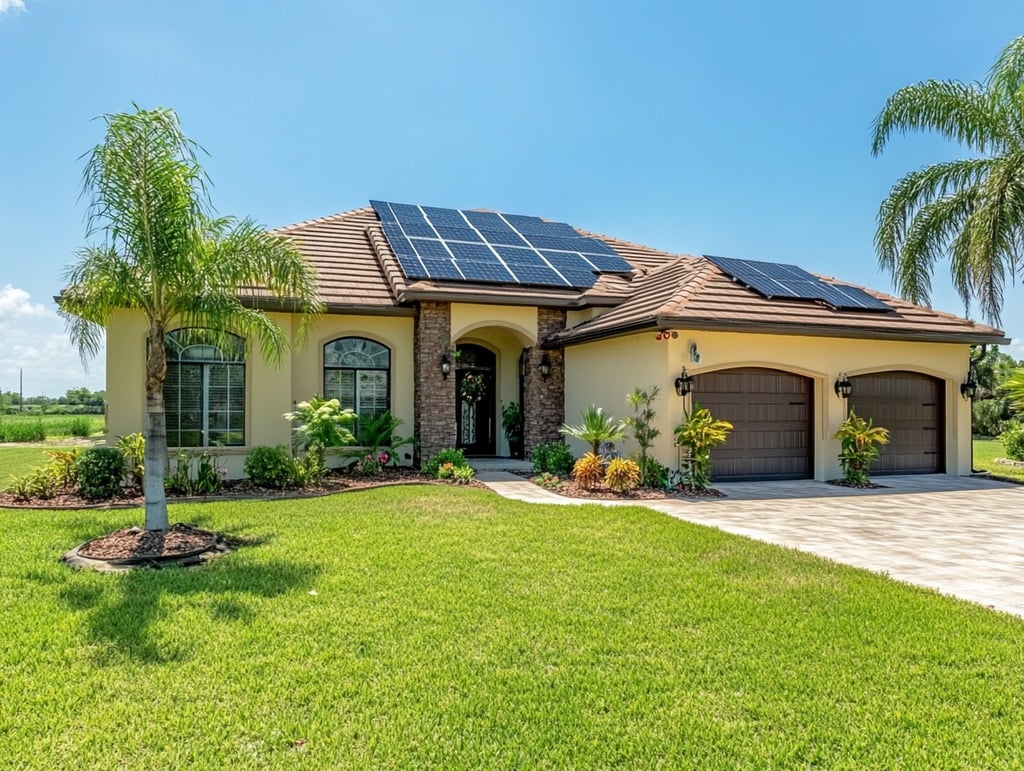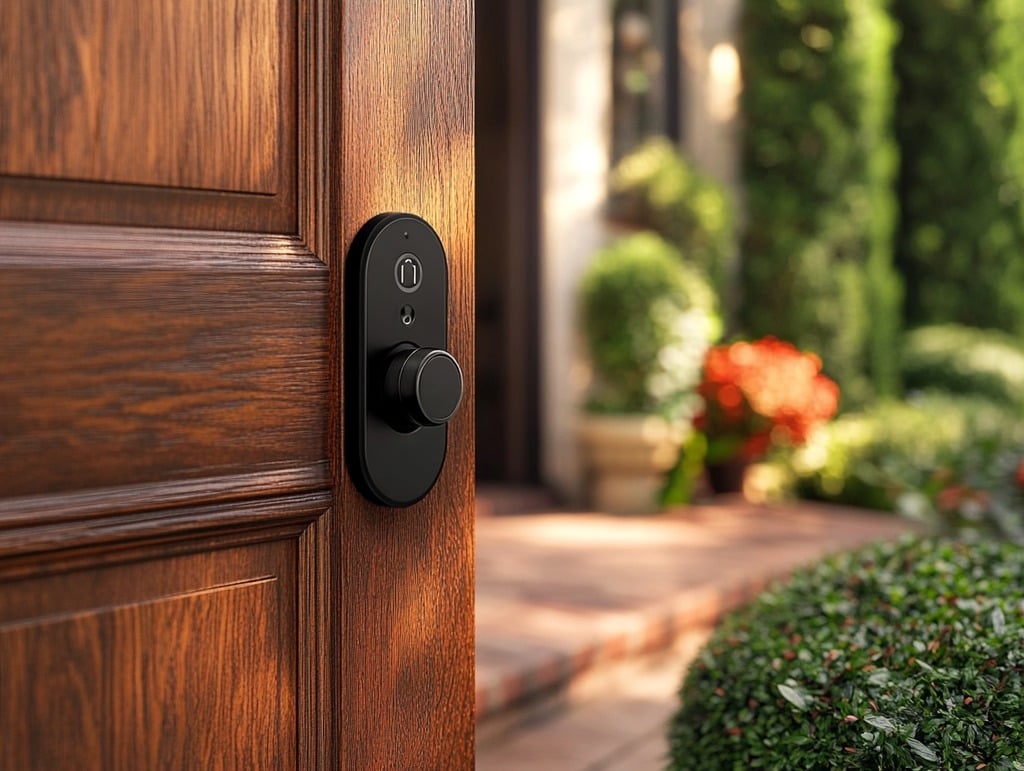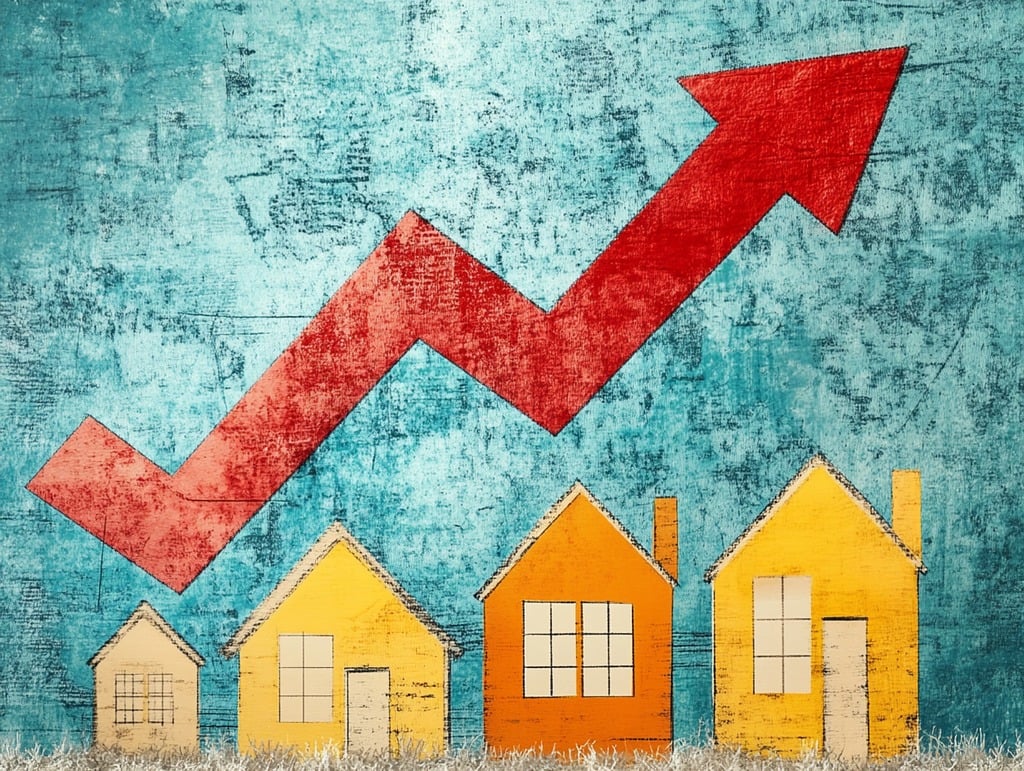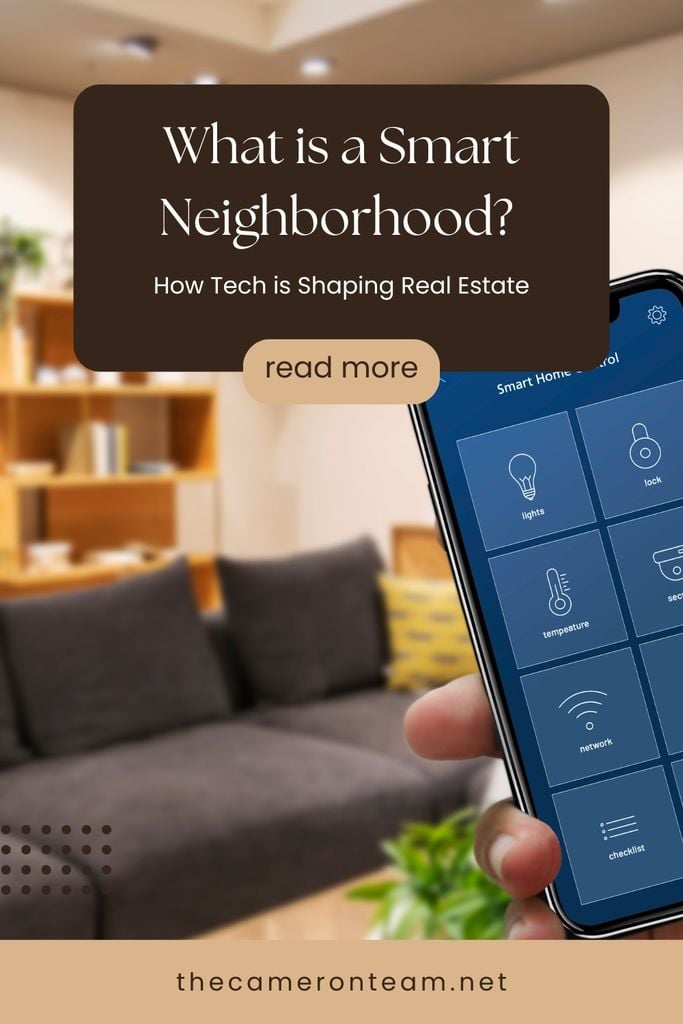Technology is reshaping nearly every aspect of our lives, from how we communicate to how we work, shop, and even drive. The real estate industry is no exception. In recent years, the rise of smart neighborhoods has changed the way we think about community living. But what exactly is a smart neighborhood, and how is technology influencing the way we buy, sell, and experience real estate?
Let’s take a closer look at smart neighborhoods, their key features, and how they’re shaping the future of homeownership and community design.
What is a Smart Neighborhood?
A smart neighborhood is a residential community that integrates cutting-edge technology to enhance energy efficiency, connectivity, security, and convenience. These neighborhoods leverage smart home automation, renewable energy, IoT (Internet of Things) devices, and intelligent infrastructure to create a safer, more efficient, and environmentally friendly living environment.
Smart neighborhoods are designed to improve the quality of life for residents while also reducing energy consumption and operational costs. Developers, urban planners, and tech companies are working together to create neighborhoods that embrace smart technologies from the ground up.
Key Features of a Smart Neighborhood
A smart neighborhood is much more than just a collection of smart homes. It involves an entire ecosystem of technology-driven solutions that enhance the way people interact with their homes, communities, and the environment. Some of the most common features include:
1. Smart Homes
At the heart of a smart neighborhood are smart homes—houses equipped with advanced automation systems that allow residents to control lighting, heating, cooling, security, and appliances via a smartphone or voice command. Popular smart home features include:
- Smart Thermostats (like Nest or Ecobee) that learn residents’ schedules and optimize energy use.
- Voice Assistants (Amazon Alexa, Google Assistant, Apple HomeKit) for hands-free control of smart devices.
- Automated Lighting Systems that adjust based on occupancy and natural light levels.
- Smart Security Systems with doorbell cameras, motion sensors, and remote access controls.
- Energy-Efficient Smart Appliances that reduce power consumption and sync with renewable energy sources.
2. Renewable Energy & Energy-Efficient Design
Smart neighborhoods often focus on sustainability and energy efficiency, incorporating:
- Solar Panels & Battery Storage: Many smart communities feature rooftop solar panels and battery storage to reduce reliance on the grid.
- Smart Grids: A networked electricity system that optimizes power distribution, prevents outages, and enables homes to sell excess energy back to the grid.
- Net-Zero Energy Homes: Some smart neighborhoods aim for net-zero energy, meaning homes produce as much energy as they consume.
- EV Charging Stations: With the rise of electric vehicles (EVs), many smart communities include shared or private EV charging stations.
3. Connected Infrastructure & IoT Integration
A defining feature of a smart neighborhood is its interconnected infrastructure that improves efficiency and convenience, including:
- Smart Traffic Management: AI-powered traffic lights, smart crosswalks, and congestion-monitoring sensors optimize traffic flow and pedestrian safety.
- Connected Streetlights: These streetlights adjust brightness based on activity and time of day, reducing energy waste.
- Public Wi-Fi & 5G Connectivity: High-speed internet access is a priority in smart neighborhoods, ensuring residents stay connected.
- Smart Water Systems: Leak detection sensors and automated irrigation systems help conserve water.
4. AI-Powered Security & Safety
Security is a major focus in smart neighborhoods, and technology plays a crucial role in keeping residents safe. Some features include:
- Automated Surveillance Systems: AI-driven cameras with facial recognition and license plate scanning can detect suspicious activity.
- Remote-Access Smart Locks: Residents can lock/unlock doors remotely and grant temporary access to visitors.
- Neighborhood-Wide Emergency Alerts: Real-time alerts for severe weather, crime, or other emergencies can be sent to all residents.
5. Sustainable & Smart Community Planning
In addition to smart homes and infrastructure, developers are focusing on walkable, green, and community-centered spaces, such as:
- Smart Parks & Green Spaces: Parks equipped with sensors to monitor air quality, adjust irrigation, and enhance public safety.
- Shared Electric Scooters & Bikes: Many smart neighborhoods include app-controlled scooter and bike-sharing programs.
- Automated Waste Management: Smart trash bins with sensors notify collection services when they need to be emptied.
How Smart Neighborhoods Are Shaping Real Estate
As smart technology becomes more integrated into our daily lives, it’s having a significant impact on real estate trends. Here’s how:
1. Increased Property Values
Homes in smart neighborhoods tend to have higher property values due to their advanced technology, energy efficiency, and security features. Buyers are willing to pay a premium for homes that offer:
- Lower utility bills through energy-efficient appliances and solar panels.
- Improved security with smart locks and surveillance.
- Enhanced convenience with automated systems.
2. Growing Buyer Demand for Smart Homes
More buyers—especially millennials and Gen Z—are actively seeking homes with smart features. A study by the National Association of Realtors (NAR) found that:
- 81% of buyers would rather purchase a home with smart technology already installed.
- 69% of buyers are willing to pay more for a smart home over a non-smart home.
3. Smart Neighborhoods Are Driving New Developments
Developers and homebuilders are designing entire communities with smart technology from the start. Cities across the U.S. are seeing new smart neighborhoods emerge, such as:
- Whisper Valley (Austin, TX) – A zero-energy smart community powered by geothermal energy and solar panels.
- Babcock Ranch (Florida) – America’s first fully solar-powered town, featuring self-driving shuttles and smart home integration.
- Sterling Ranch (Colorado) – A master-planned community with AI-driven energy management and water conservation systems.
4. Impact on Home Appraisals & Resale Value
Appraisers and real estate agents are now factoring in smart technology when determining a home’s value. A house with solar panels, smart thermostats, and security automation can sell faster and for a higher price than a traditional home.
5. Shift in Real Estate Marketing & Smart Home Staging
Selling a home in a smart neighborhood requires different marketing strategies. Agents are now highlighting:
- The cost savings of energy-efficient features.
- The added security benefits of smart locks and cameras.
- The modern lifestyle conveniences that come with home automation.
Final Thoughts: The Future of Smart Neighborhoods
Smart neighborhoods are more than just a trend—they’re shaping the future of real estate. As technology continues to advance, we can expect even more integration of AI, IoT, and renewable energy into residential communities.

